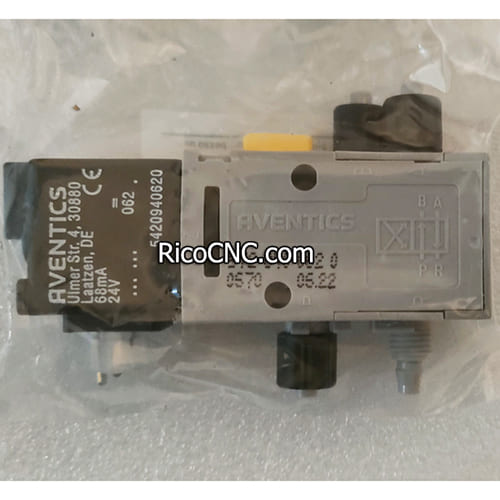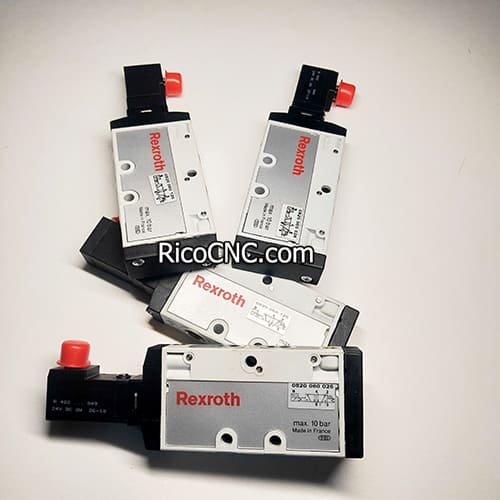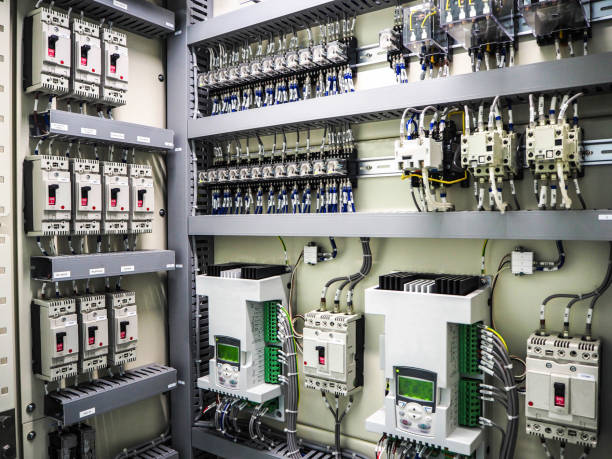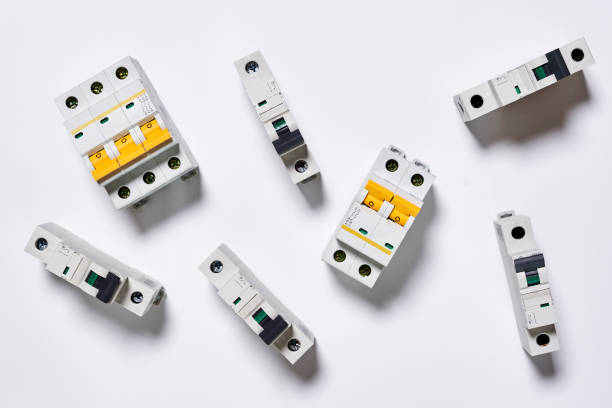
What is a Safety Switch?
Introduction to Safety Switches
Safety switches are a fundamental part of electrical safety systems, designed to protect both homes and industrial facilities from electrical hazards. They are known for their ability to prevent severe accidents, including electrical fires, by instantly cutting off power in dangerous situations. But what exactly is a safety switch, and why is it crucial for modern electrical installations?
The answer is simple but significant: a safety switch can save lives. These devices are essential for mitigating the risks associated with electrical circuits, ensuring the safety of users by protecting them from electric shocks and circuit overloads. In this article, we will provide an in-depth exploration of safety switches, their function, importance, and how they integrate into electrical systems.
What Are Safety Switches and How Do They Work?
A safety switch, often referred to as a Residual Current Device (RCD), is a device designed to monitor the flow of electricity through a circuit. It detects discrepancies in the flow, such as an imbalance between the live and neutral wires. When an imbalance is found, this indicates a potential leakage of current to the ground, which could occur due to a faulty appliance or a person coming into contact with live electricity.
Upon detecting such an issue, the safety switch automatically cuts off the power supply within milliseconds, thereby preventing electrocution or an electrical fire. This quick response is what sets safety switches apart from other protective devices, such as circuit breakers and fuses.
Safety switches are designed for personal protection, whereas circuit breakers protect electrical wiring and equipment from overload. Circuit breakers do not respond to current leakage, which is why safety switches are an indispensable part of a comprehensive safety system.
For example, imagine you are using a power drill, and unbeknownst to you, the cable insulation is worn down. This could result in a current leak. Without a safety switch, this situation might lead to an electric shock, but with a safety switch, the circuit would immediately shut down, protecting you from harm.

The Role of Safety Switches in Electrical Circuits
Safety switches play a crucial role in electrical circuits by serving as a first line of defense against electrical faults that could lead to fires or serious injuries. They are typically installed in the main switchboard of a building and sometimes directly at the power outlets. The key is their ability to detect small variances in current that would indicate a fault.
In many homes and workplaces, multiple safety switches may be installed, covering different parts of the electrical system. These switches are essential for safeguarding electrical equipment and appliances, providing a reliable means of protecting the user from potential dangers.
To understand their role better, it's essential to distinguish between safety switches, circuit breakers, and fuses. While all three serve to protect electrical systems, they have distinct functions:
Circuit breakers prevent damage to the electrical wiring by breaking the circuit when an overload is detected.
Fuses provide a similar function but need to be replaced after a fault occurs.
Safety switches focus on protecting people by detecting leakage currents and cutting power instantly.

This trio works together to provide a robust safety mechanism for homes and workplaces. Safety switches specifically target issues that could result in electric shock or fire, while circuit breakers and fuses manage the risks associated with overloading.

Why Are Safety Switches Important?
Safety switches are crucial for preventing accidents involving electricity, which is among the leading causes of house fires and injuries. Here are a few reasons why they are vital components in electrical systems:
Personal Safety: The primary reason to use safety switches is to protect individuals from electric shock. If someone inadvertently comes into contact with an exposed electrical part, a safety switch will shut off the power, potentially saving their life.
Fire Prevention: Many electrical fires start due to faults that are not immediately detectable, such as insulation failures. Safety switches can detect these faults early and disconnect the power before heat buildup leads to a fire.
Equipment Protection: While safety switches are mainly for personal safety, they also contribute to equipment protection by reducing the risk of damage due to electrical faults. When a fault is detected, the safety switch will isolate the equipment, preventing further damage.
Regulatory Compliance: In some countries, safety switches are mandatory on specific circuits in new homes and during electrical installations. Compliance with these regulations is essential not just for legal reasons but also for ensuring a safe living environment.
Electricians often emphasize the need for safety switches, especially in homes with older wiring or multiple high-power appliances. For comprehensive safety, it is advisable to have safety switches installed on all major circuits, including lighting and power circuits.

How to Test Your Safety Switch
Testing your safety switches is an essential part of home maintenance. Safety switches need to be tested regularly to ensure they are functioning properly. Most manufacturers recommend testing safety switches every three months, which can be done by pressing the "Test" button located on the switch. When pressed, the safety switch should trip, cutting off the power supply.
To conduct a safety switch test:
Locate the Switchboard: Safety switches are generally installed on the switchboard. Look for the switch labeled "Safety Switch" or "RCD."
Press the Test Button: There should be a clearly marked button. Pressing this will simulate a fault, and if the switch is working correctly, the circuit will trip.
Reset the Switch: After testing, reset the safety switch by turning it back to the "On" position.
Regular testing ensures that safety switches are ready to protect your home when needed. If a switch does not trip during a test, it's important to contact a licensed electrician to have it inspected.

FAQs
1. What is the primary function of a safety switch?
A safety switch is designed to protect individuals from electric shock by detecting current leakage and cutting off the power instantly.
2. How often should I test my safety switch?
It is recommended to test your safety switch every three months by pressing the "Test" button. If it does not trip, contact a licensed electrician.
3. Can safety switches prevent electrical fires?
Yes, safety switches can help prevent electrical fires by detecting faults early and disconnecting the power before heat buildup can cause a fire.
4. Are safety switches required in every home?
In some regions, safety switches are mandatory for new homes or during major renovations. Even if not legally required, they are highly recommended.
5. What types of safety switches are available?
There are portable, meter box, power point, and combination safety switches, each offering different levels of protection.
6. Do safety switches replace circuit breakers?
No, safety switches complement circuit breakers but do not replace them. Circuit breakers protect against overcurrent, while safety switches protect against electric shock.
Conclusion: The Necessity of Safety Switches
Safety switches are a critical part of any electrical safety system, providing fast and effective protection against electrical faults, shocks, and fires. They offer an added layer of defense that traditional circuit breakers and fuses cannot provide. As technology continues to evolve, the importance of ensuring your home or workplace is equipped with safety switches becomes ever more crucial.
With the power to cut off electricity in milliseconds, safety switches protect not only the infrastructure of your electrical system but, more importantly, the lives of the people within the building. Regular maintenance and testing ensure that these devices are always ready to act, providing peace of mind in a world where electrical safety is a growing concern.
If you're looking to improve the electrical safety of your home or workplace, consider consulting a licensed electrician about the installation of safety switches. The protection and peace of mind they provide are invaluable, making them an essential component of modern electrical safety.
















